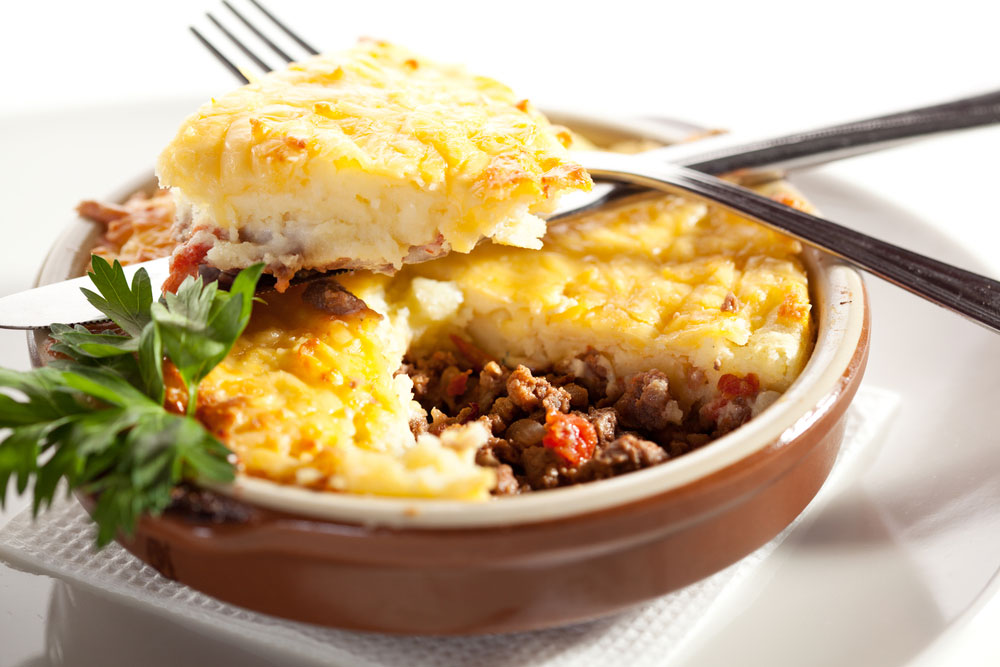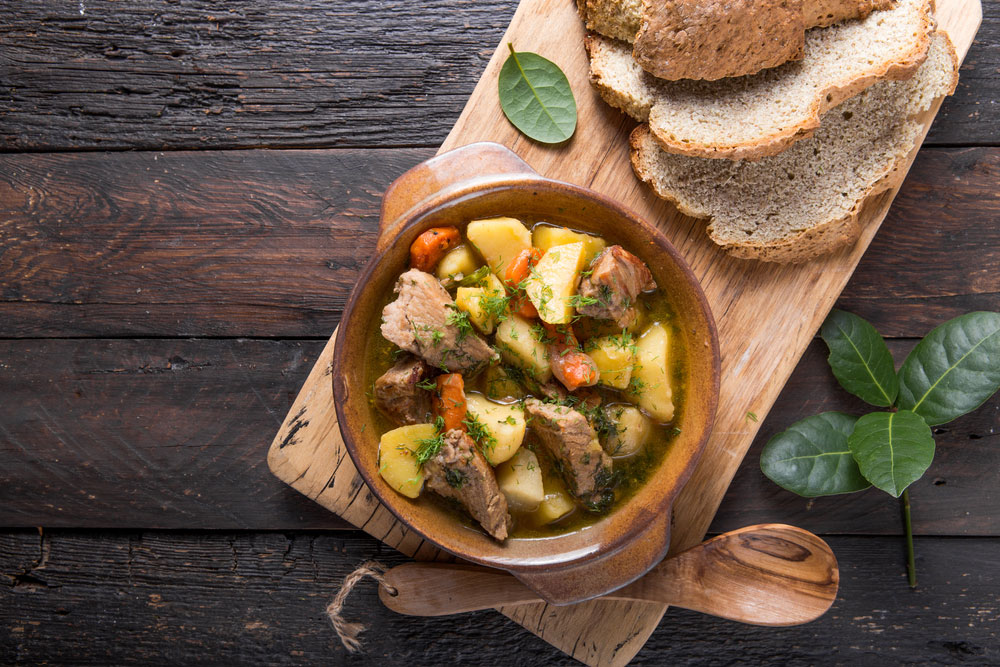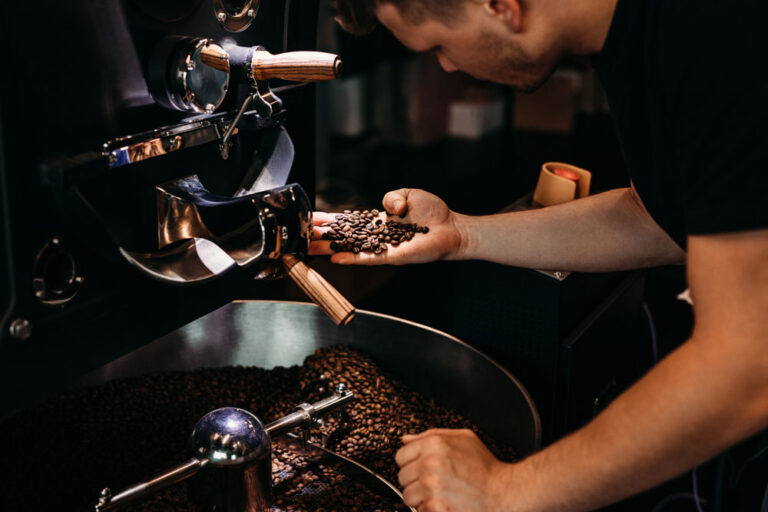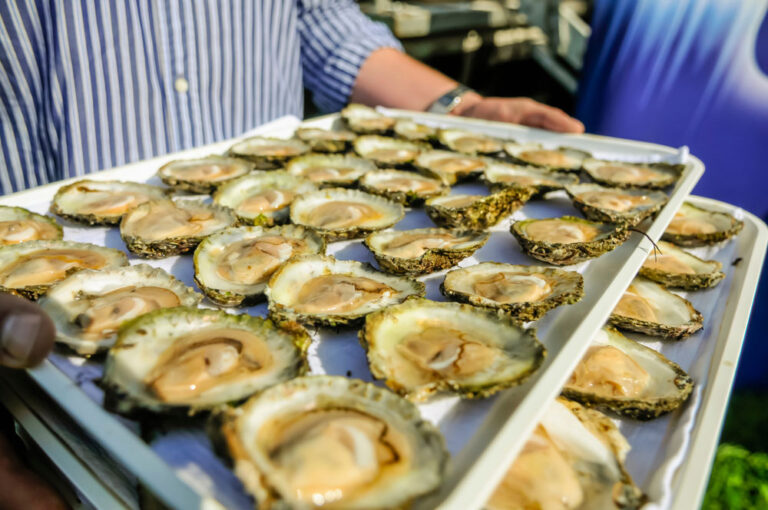Ireland’s food is an unusual blend of time-honored traditions and modern ingredients and methods. There is a vast range of dishes available in Irish cuisine, ranging from hearty stews to fresh seafood recipes. We will not only analyze the historical and cultural reasons that have influenced the creation of Irish cuisine in this introduction, but we will also showcase some of the most well-known dishes and ingredients.
One of the most defining elements of Irish cuisine is the use of simple, substantial ingredients that have been farmed and obtained locally for hundreds of years. Some of the most popular and hearty ingredients used in Irish cuisine are as follows:
Potatoes are a staple in many Irish dishes. Potatoes are so common in Irish cuisine that they are sometimes called to as the “staple of the Irish diet.” They can be boiled, mashed, fried, or roasted, and they are frequently served as a side dish or in combination with stews or meat dishes.
Traditional Irish recipes such as Irish stew, shepherd’s pie, and bacon and cabbage frequently incorporate meats such as beef, lamb, and pork. They frequently go through a lengthy cooking procedure, resulting in dishes that are both flavorful and tender.
Root vegetables such as carrots, turnips, parsnips, and onions are common ingredients in Irish stews and other meat recipes. Other sorts of beef dishes frequently include root vegetables. They are frequently cooked alongside the meat to generate a more strong and substantial flavor and provide taste and texture to the food.
Barley and oats are two grains that have been used in Irish food for centuries. They may be found in a wide range of foods, such as porridge, stews, and bread.
In addition to these hearty components, seafood has become an important component in Irish cuisine as a result of Ireland’s coastal location. Consumers may choose from a wide variety of fresh seafood, including fish such as salmon and mackerel as well as shellfish such as mussels and oysters. Of course, no talk about Irish food would be complete without including Ireland’s world-famous dairy products, such as butter, cheese, and cream, so don’t leave that out.
Yet, what truly separates Irish cuisine from other cuisines throughout the world are the cultural influences that have driven its growth over time. From ancient Celtic customs to more current British and European influences, there is a rich history of cultural exchange that has left its impression on Irish gastronomy. This has happened throughout Irish history. For example, barley and oats have been utilized in Irish cooking from the early Celtic period. The early Celts grew these grains not just for eating but also for the manufacturing of alcoholic beverages such as ale and mead. For hundreds of years, these cereal grains formed an essential component of the Irish diet, and they were used in a variety of meals such as bread, porridge, and stews.
When the British brought these new commodities, such as tea and potatoes, to Ireland in the 17th century, they had a huge impact on the country’s culinary culture. Colcannon is an Irish traditional dish made with mashed potatoes, cabbage, or kale. Potatoes quickly became a popular and cost-effective food source for the Irish, and they were used in many traditional dishes such as Irish stew and colcannon.
Tea also came to play an important role in Irish life, and it is now offered as the principal beverage in many Irish homes. Moreover, a common feature of Irish cuisine is the habit of serving a cup of tea with either biscuits or scones.
Over history, many flavors and cooking methods from all around the world have made their way into traditional Irish food as it has evolved. Traditional dishes such as Irish stew, soda bread, and colcannon remain popular, and the usage of barley and oats remains an important part of Irish culinary heritage. Several Irish chefs and home cooks are increasingly employing more locally obtained and seasonal ingredients in their cuisine as a result of the growing interest in locally sourced and sustainably produced food.

Today’s Irish cuisine is a dynamic and ever-changing style of cooking that adapts to the tastes and influences of modern diners. In recent years, there has been a surge in interest in traditional Irish cuisine, with chefs and home cooks rediscovering the country’s rich and diverse culinary traditions. As a result, the number of cookbooks devoted to traditional Irish cooking has increased.
One trend in contemporary Irish cookery is a greater emphasis on regional and seasonal products and meats. There is a growing appreciation for the particular flavors and qualities of Irish produce, which has resulted in an increase in the number of restaurants and food manufacturers in Ireland that now get their ingredients from local farmers and artisanal producers.
Another recent trend in Irish food is a return of interest in more traditional techniques of preparation. A increasing number of chefs are turning to time-honored techniques like curing, smoking, and fermenting to create unique and exciting new dishes that represent Ireland’s rich history and culture.
Meanwhile, worldwide culinary trends and preferences are influencing Irish food, which is evolving as a result. In Ireland, an increasing number of cooks are gaining inspiration from different cuisines by incorporating ingredients and practices from other nations into their kitchens. This has resulted in the development of fusion dishes that mix the best elements of Irish and foreign cuisines.
The ever-increasing demand for seafood meals in Irish eateries is one example of this trend. Because of Ireland’s coastal location, the nation has a rich and diverse seafood culture, and as a result, many chefs are beginning to include locally caught fish and shellfish into their dishes. They are also experimenting with new and unique flavor combinations as well as innovative culinary approaches, resulting in dishes that blend classic and contemporary aspects.
In general, Irish cuisine is a dynamic and ever-changing culinary technique that continues to express Ireland’s distinct history, culture, and character. Whether you’re looking for classic meals like Irish stew and soda bread or more contemporary and imaginative cuisine, you’ll undoubtedly find something that meets your craving for something great and substantial in the world of Irish food.
The following are some of the most well-known dishes in Irish cuisine:
Irish stew: a substantial stew made with beef or lamb, potatoes, carrots, onions, and other seasonings. (view recipe)
Fish and chips: A classic dinner of breaded and fried fish served with chips (also known as French fries) with tartar sauce.
Shepherds pie: A savory pie with mashed potatoes that can be made with either either beef or ground lamb.
Soda bread: A traditional bread made with baking soda instead of yeast, often served with butter and jam. (view recipe)
Coddle: A one-pot meal made with sausages, bacon, potatoes, and onions. (view recipe)
There is a lot to learn about Irish culture and food, whether you are a gourmet looking to sample new flavors or simply curious in Irish culture. Ireland’s culinary traditions provide something for everyone, from the basic pleasures of a hearty pub meal to the sophisticated concoctions of a top chef. Everyone will find something to like.



